Kinera H3 Review – Sensation(al)
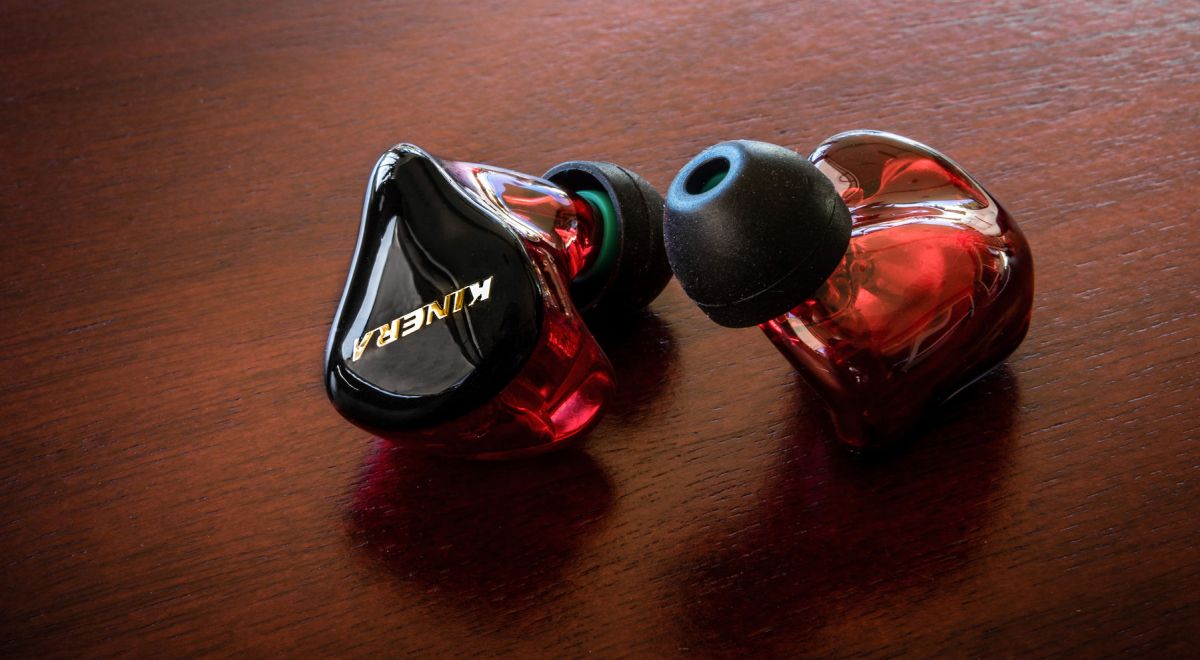
Introduction –
Kinera is yet another up and coming Chi-Fi manufacturer who, until now, have yet to really produce a runaway hit. To my knowledge, they have only one in-ear under their belt, the BD005, which was well received amongst a small group of enthusiasts but failed to really capture the iem market like other in-ears from TFZ, Magaosi/Audbos and even Simgot. So it came as a surprise when their newest earphone, the H3, blew up on social media. With an immensely prospective triple hybrid driver setup combined with a very reasonable $100 USD asking price, the H3 almost instantly became one of the most talked about, sought after earphones on the net.
Though I’m not one to be swayed by common perceptions, after all, budget hybrid earphones are nothing we haven’t seen before from manufacturers like 1More, Xiaomi and Magaosi. And in many ways, the H3’s reception very much reflected that of the K3 Pro with early impressions comparing them favourably to more expensive models and the same amount of ecstatic excitement orbiting every teaser post on social media. With that said, let’s see how good the H3 really is.
Disclaimer –
I would like to thank Steve from Kinera Audio very much for his quick communication and for providing me with the H3 for the purpose of review. All words are my own and there is no monetary incentive for a positive review. Despite receiving the earphones free of cost, I will attempt to be as objective as possible in my evaluation.
About Me, Background, Gear of choice, Preferences and Biases –
I generally prefer a u-shaped sound that is close to neutral. I like a lot of detail and clarity but can appreciate a smooth, laid back sound. I’m not particularly treble sensitive so I may be more forgiving of brightness over darkness. I will note if I use a different eartip/pad/cover during the review and describe the sound changes.
Accessories –

While they aren’t quite as lavishly packaged as the K3 HD and Simgot earphones, the H3 nonetheless has a much nicer unboxing than most Chi-fi earphones. They come packaged within a textured hard box with gold print denoting the brand and model. The box magnetically latches open to reveal the hard case, flight adapter and ¼” adapter within foam.
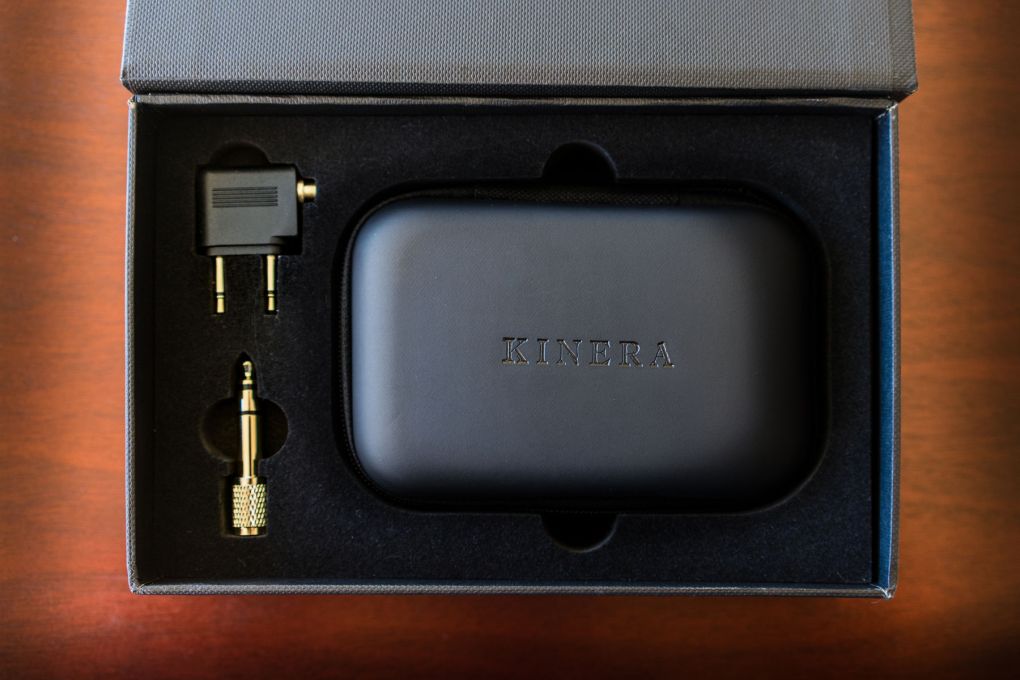
The case is on the larger side and is similar to units included with Shozy products, it is protective and adequately stores the earphones and accessories in addition to a small DAP though portability is not ideal.

Inside the case is the H3 and 3 pairs of Sony hybrid style ear tips. The tips are very comfortable and mimic the superb fit and seal offered by the authentic Sony’s. While a few of them had offset stems, I didn’t find this to noticeably affect fit and they are otherwise well moulded. I’m a huge fan of the Sony Hybrid tips and unsurprisingly, Kinera’s imitation tips provided much the same experience with comfort and seal.
Design –
The H3 is an intriguing earphone with a custom style housing that reminds me of Ibasso’s IT03 albeit appreciably more compact. They assume an over-ear fit and achieve impressive comfort and solidity despite their unorthodox housing design and entirely acrylic construction. At present, Kinera provide the H3 in red, black and blue, all with the same black faceplate.
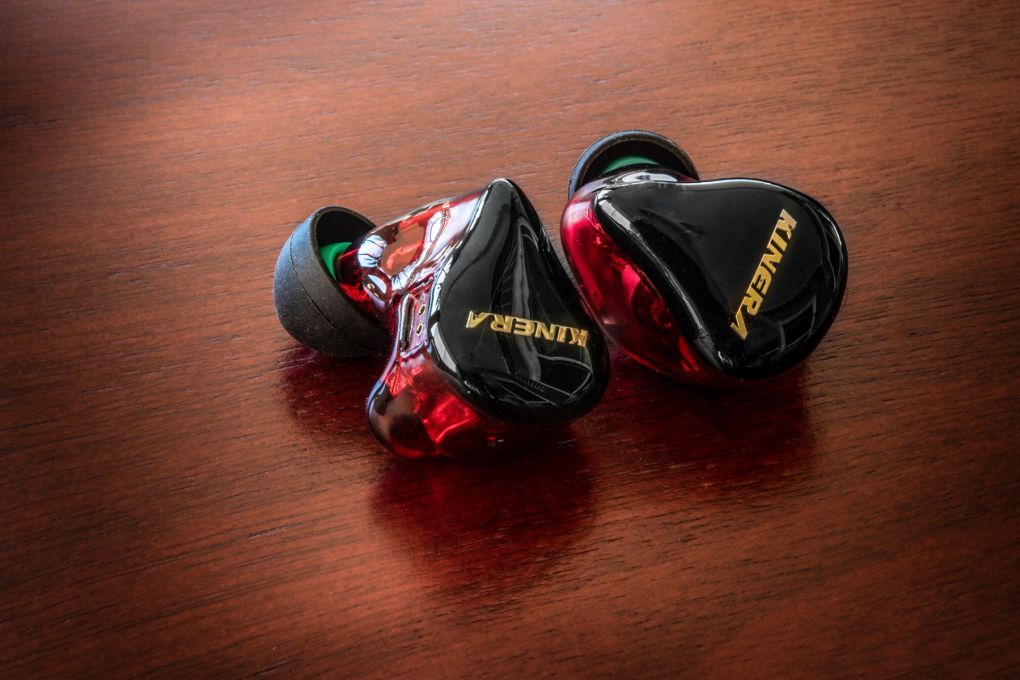
Despite being entirely constructed from plastic, the H3’s feel very solid, rigid and well-weighted in the hand whilst remaining forgiving on the ear. Their semi translucent housings add a lot of visual intrigue to their funky design and their gloss black faceplates adorned with golden Kinera logos are both classy and eye catching. Kinera is using a two-layer process to achieve a uniquely smooth look on the faceplates. Unfortunately, my set was riddled with small bubbles and even a notably large one on the tip of the left earpiece out of the box. Perhaps there was some issue with the lamination since my unit is a pre-production review sample and the earphones are otherwise flawless with no seams of joining issues, I am also able to press the clear coat back onto the underlying paint though it only holds temporarily.
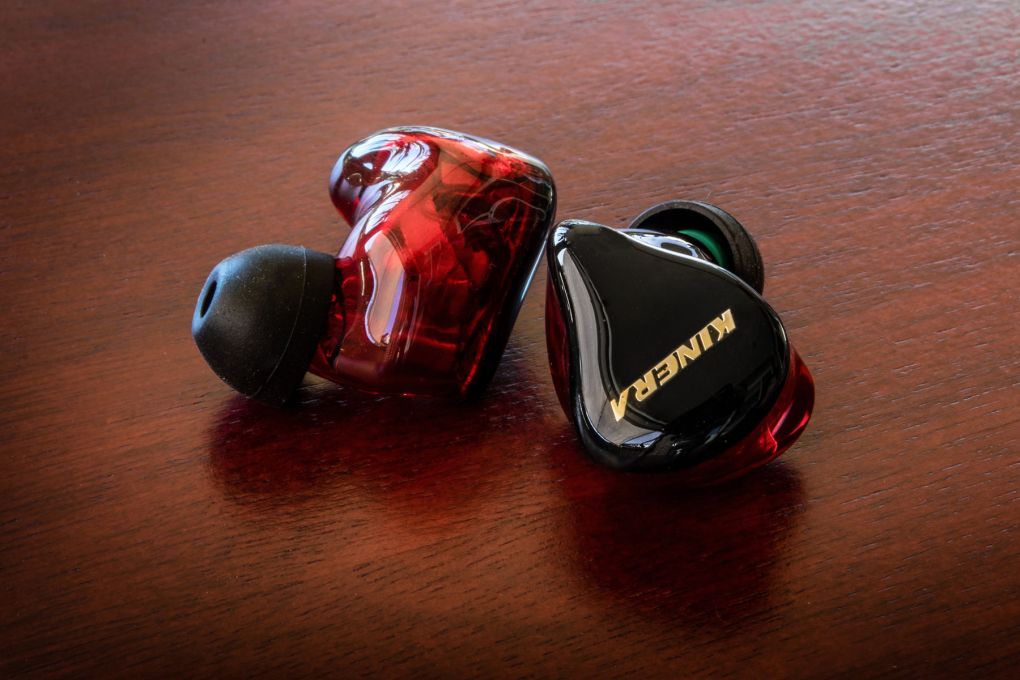
And in terms of fit, don’t let their larger dimensions and strange protrusions deter you, the H3 provides a very solid, stable fit that is easily one of the best I’ve experienced around this price. The earphones slot into the ear with authority and lock firmly into place, staying put when running. Furthermore, they do so without any sense of discomfort like the iBasso IT03, providing great if not perfect comfort over long listening sessions. Buyers also shouldn’t worry too much about public appearance, due to their medium depth fit, the earphones don’t protrude too much and look quite subtle when worn with only the black faceplate visible to onlookers.
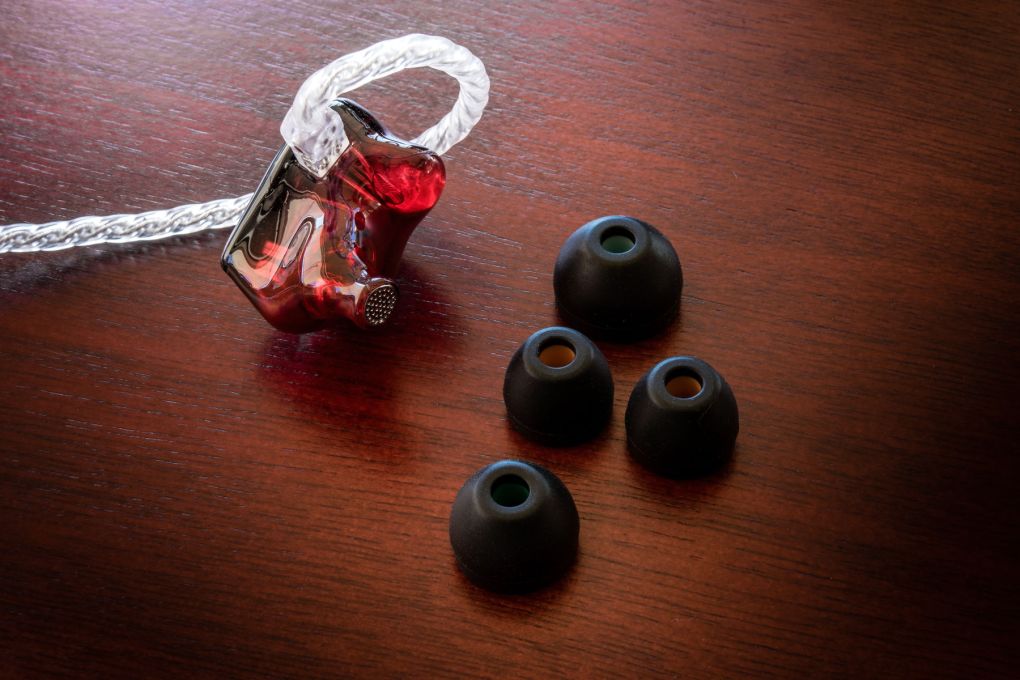
The nozzle itself is perfectly angled though it has no fluting or ridging so eartips can be prone to falling off. It is of a common size, fitting T200 Comply foam tips in addition to CP100 Spinfits and Sony Hybrids which is great for those that can’t find a solid seal with the included tips (though they are almost identical to Hybrids). The tips is finished off with a nice metal filter that prevents earwax and debris from entering the housings.
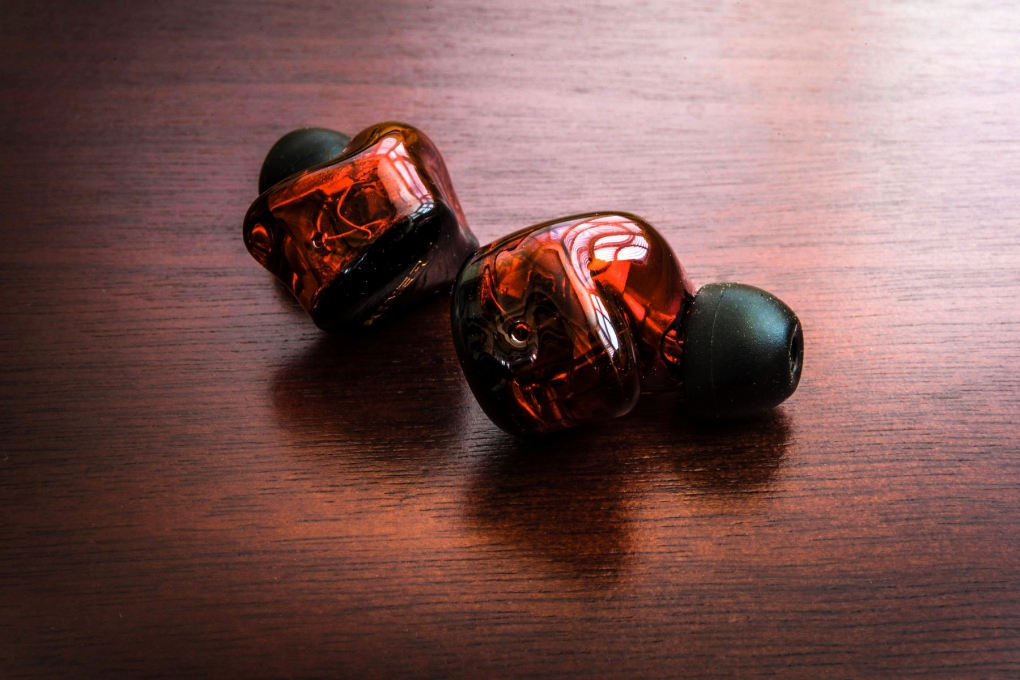
The H3’s are vented though very minimally so and they produce as strong a seal as the fully sealed TFZ King. Some driver flex is present though I didn’t notice any audio degradation over time. Isolation isn’t as flawless as the fully sealed King but remains immediately superior to more open hybrid designs like the K3 Pro and I had no issue using the H3’s on public transport. That being said, one thing Kinera could consider in a predecessor, is relocating the vent on the tops of the earphones to another location. I found that the left vent was covered by my ear while the right vent was left open, simply due to the shape of my ear. However, this produced a different amount of isolation in either ear, creating an uncomfortable sensation and finding the right was a bit more finicky than necessary.

Fortunately, the H3’s come with a fabulous 0.78mm removable cable system that is perhaps not as widely adopted as MMCX but is more reliable and less temperamental. The cable itself is of terrific quality, it’s a 6N silver plated copper design with a nice braid and super soft texture. The cable is supple, easily coiling for storage and quickly untangles when removed from a pocket/case. In addition, the pre-formed ear guides were perfectly shaped for my ears unlike the TFZ Exclusive series, Magaosi K3 earphones and Simgot EN700 Bass, producing superior stability, comfort and practicality. The cable also resists microphonic noise when walking and its smoother texture avoids catching on clothing. This is topped off with a low-profile y-split that avoids severing the cable to enhance durability and a case friendly Oyaide style plug with ample strain relief.
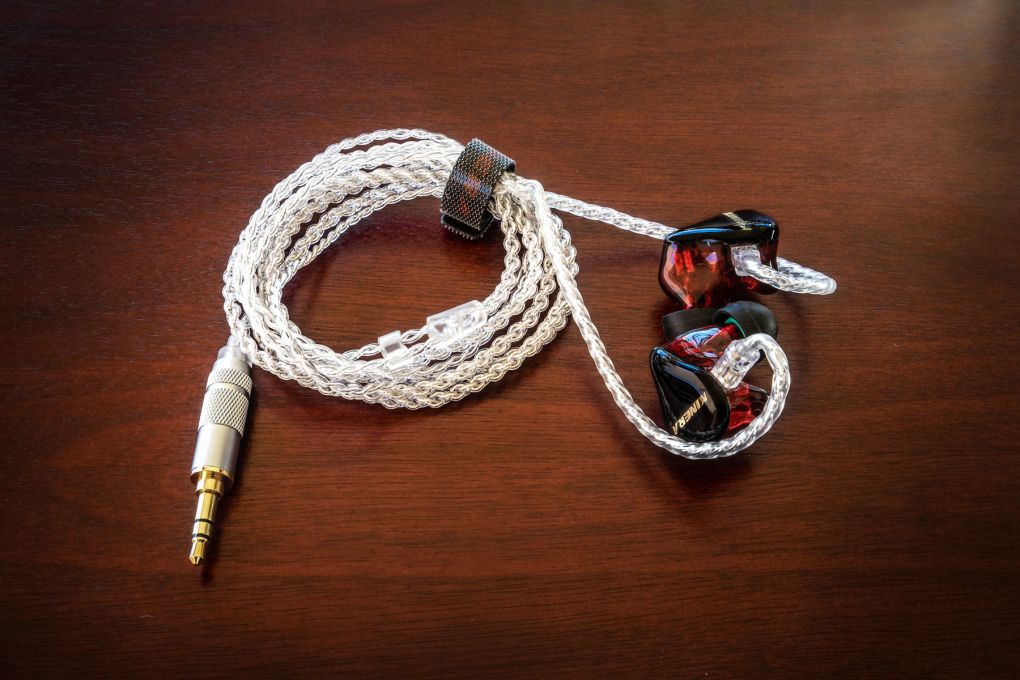
The H3, despite some small quality control issues with my unit, nonetheless delivers some of the best ergonomics I’ve experienced around this price. They have a solid but lightweight build that is stable in the ear, great passive noise isolation, a strong, reliable seal and pleasing comfort. Moreover, their excellent cable really enhances usability and their classy look provides a splash of colour without coming off as even remotely gaudy.
Sound –
The H3 combines a single dynamic driver with two balanced armatures of unspecified size and model creating a very convincing hybrid setup that easily rivals the Magaosi K3 Pro and 1More Triple Driver. While I was immensely excited to crack the H3 open and give them a thorough listen upon receival, I was at the time committed to my review of the Magaosi K3 HD, a similarly priced earphone that utilizes a similar hybrid driver setup. But even coming from the more expensive K3 HD, the Kinera H3 immediately impressed me with their excellent detailing, natural midrange and bass performance that outstripped the competition. The H3 is not the flagship killer than many have put it out to be, but it is a fantastically well-tuned earphone nonetheless and one that many buyers in the market for a sub $100 earphone can strongly consider.
Tonality –
The H3 is a v-shaped earphone with an emphasis on sub and deep-bass and lower treble. And though they carry a slightly brighter sound with less present lower midrange elements, they lack the immediate sense of brightness created by the TFZ King. They are an aggressive earphone that lies closest to the TFZ King in tuning from the earphones around this price that I’ve tested, though their more even midrange grants them with an appreciably more balanced sound on a whole and they never came off as mid-forward or overly mid-recessed to my ear.
Drivability –
The H3 is a relatively easy earphone to drive with a higher 101dB sensitivity that makes them just a little less efficient than the TFZ King. Unfortunately, this also means they pick up the same amount of hiss from most sources though noise is hardly as noticeable as something like the Campfire Jupiter. Moreover, with a 48ohm impedance, the earphones aren’t as sensitive to output impedance as the majority of hybrid earphones nor are they excessively power hungry, making them a nice daily in-ear that works perfectly with portable sources. From my HTC 10, the H3 sounded very nice with no hiss and a very similar tonality to my sub-1ohm Oppo HA-2. My 10 and iPod Touch also provided more than enough volume, I typically stuck to 1-3/16 volume levels, leaving plenty of overhead for louder volume listeners. And despite that higher impedance, the H3’s didn’t find a huge benefit from amplification though they did scale nicely when plugged into my HA-2, Mojo or X7 with notably improved bass resolution in particular. The H3 is well designed to maximise their sound quality from portable sources with enough technical ability to take advantage of dedicated DAC/AMPs.
Soundstage, Imaging and Separation –
The H3’s soundstage is one of the weaker aspects of their sound though it is good enough to avoid holding the rest of the sound back. The H3 doesn’t have the most spacious presentation, the K3 HD, King and EN700 Bass all sound immediately wider than the H3 though the Kinera hardly suffers from congestion. They have a wider presentation, width sits on the periphery of that out of the head sensation but rarely extends much beyond. Depth is similarly intimate to the K3 HD, which is enough to convincingly portray live recordings but still lacks the immersion of higher priced in-ears like the 1More Quad Driver. Imaging is good, not great and instruments have accurate placement even if they can’t always be pinpointed; the King does quite a bit better in this regard. The H3 also has some issues with separation, again, they never sound congested, but mids aren’t quite as layered as the King and highs sound more integrated but intimate than the K3 HD.
Bass –
The first thing I noticed was the H3’s exceptional bass reproduction that seemed all too developed for an earphone costing just $99 USD. I do feel like that statement requires some context, the H3’s still don’t possess the slam and definition of the Flares Pros or New Primacy’s for instance but, when compared to the rather uninspiring competition, the H3 is easily one of the best. This begins with their fantastic sub-bass extension that matches the class-leading Basic, slightly edges out the TFZ King and provides a substantial leap over the EN700 Bass and Magaosi earphones. Tuning is also very well considered, bass has moderate emphasis throughout and while bass is pretty linear, sub and deep bass are their driving force. As such, low notes have great depth augmented by a nice sense of power and weight. They also lack the bloat of the Simgot’s and Magaosi’s in addition to the slight muddiness of the Basics by nature of their tuning. The H3 is also appreciably more textured and defined than the King, bass on the H3 is taught and easily the most linear of all the aforementioned earphones.
When listening to Earth, Wind & Fire’s “In the Stone”, the H3 provided my favourite rendition among these earphones with a tight, snappy sub-bass rhythm accompanied by full yet textured mid-bass and a warmer upper-bass response that avoided excessive midrange spillage. By contrast, the slower K3 earphones and Simgots struggled to extract texture from the rapid bass line while the King’s slightly muddier response and mid-bass dip (relative to the H3), sapped them off some bass detail. The H3 still isn’t the fastest earphone I’ve heard, far from it, even the King has slightly better transience partly due to their leaner response and generally well-tuned driver. That being said, they very skillfully combine the fuller tuning offered by many earphones around this price with the technical strengths of TFZ’s budget masterpiece. Of course, buyers need to consider that the H3 still doesn’t compete with hybrid earphones like the $300 New Primacy or the $1000 AKG K3003 nor do they come close to the single dynamic driver ie800 and Flares Pro; those earphones are tighter, more detailed and more textured. But considering that those earphones also cost magnitudes more, the H3 truly represents a mastery of v-shaped tuning, they are a rarity at this price.
Midrange –
The H3’s continue their tirade of superiority into their midrange which is similarly very well considered for their asking price. Immediately, the H3 has great midrange clarity that imbues immediacy to midrange elements without sounding overly thin, raspy or unnatural as some clarity orientated earphones around this price tend to. The H3 is also reasonably balanced through their midrange with slightly scooped lower mids and a rise in upper mid presence granting an immediately clearer response than the Simgot EN700 Bass, more balance than the V-shaped K3 earphones and a more even response than the mid-forward King. Male vocals are very well done but recessed, they are full-bodied and clear if not quite as clean sounding as the TFZ King. Simply Red’s “Stars” sounded raw and vibrant, yet not artificially so while Ed Sheeran’s “Castle on the Hill” was flattered with full yet defined vocals. Upper mids are similarly flattered which is rare given that most budget earphones struggle a bit with female vocals. The H3 once again impresses with its well-refined tones, vocals never come off as fatiguing, strident or over-forward and guitars are sublime with excellent detail retrieval that matches and occasionally outdoes the K3 HD. And while the H3 is quite aggressive in its presentation, female vocals are smooth and well-bodied as are strings, trumpets and wind instruments.
In terms of outright resolution, layering and clarity, no earphone around this price I’ve heard notably bests the TFZ King though the H3 comes remarkably close. In addition, the H3 takes a step back in terms of sheer resolution in favour of a little more midrange body, lacking the slightly off voicing of the King. They also sounded more “correct” to my ear when switching from the Magaosi K3 HD and required little adjustment when switching from more expensive in-ears such as the $599 64Audio U3 and $800 Campfire Jupiter. Usually, direct comparison to these in-ears really reveals the flaws in a budget earphone’s tuning but the H3 had no major tonal deviations even if quality and refinement weren’t competitive. The H3 was also surprisingly consistent and forgiving of different mastering styles; whether I was listening to the brighter tones of the pop charts or the mellower mastering of classical and jazz, the H3 provided a revolving, natural and perfectly bodied response. As for the downsides, the H3 doesn’t have the greatest midrange layering and separation and they do lack the transparency of higher priced or more neutral offerings like Hifiman’s RE400/600, but they do provide an exceptionally pleasing tonality with gobs of detail and nuance; something that is surprisingly hard to come by and that many manufacturers would like to charge a lot more for.
Highs –
While the H3 greatly impressed me with their detail retrieval and clarity, treble isn’t quite as flawless as the bass and midrange responses with some tonal oddities that compromise refinement and, at times, detail. The H3 is roughly in-between the K3 HD and King in tuning with a slightly more aggressive lower treble response and some extra middle treble granting them with great clarity to treble notes. Listening to David Bowie’s “Everyone Says Hi” and the H3 provided a clarity that was on par with the TFZ King yet one that was similarly a little thin if not quite as splashy. The H3 did sound more tonally pleasing to my ear than the King and due to their more even treble, especially with regards to lower/middle treble, they were also appreciably more detailed. In fact, the H3 has similar detail retrieval to the exemplary K3 HD making them one of the most detailed earphones around this price. In addition, the H3 manages great high-frequency resolution and very good extension that was on par with the K3 HD and King if not immediately superior; high-hats have pleasing texture and cymbals are granted plenty of air, strings sound expansive and the H3 produces some nice shimmer when called for. Moreover, they do so without sounding metallic or harsh, the H3 never came off as fatiguing to me even when listening to brighter tracks.
But where detailing and clarity are all immensely impressive, the H3 does suffer from some treble issues. For instance, cymbals do tend to sound tizzy and very high-frequency details get thinned out and a little truncated despite their extension being quite good. While the H3 isn’t as peaky as the K3 Pro, the K3 HD is a slightly more even treble performer, with similarly impressive detail retrieval on top. The H3 isn’t inherently flawed with regards to high-frequency reproduction but I do have to be critical. And to my ears, the treble tuning on the H3 slots in nicely with the rest of the sound even if they are lacking some body, smoothness and that last element of refinement.
Verdict –
It can be hard reviewing an earphone like this, one that is so thoroughly hyped but so thoroughly dismantles the competition. Because while there is no doubt in my mind that the Kinera H3 is a fabulous earphone, it is still far from a perfect iem and even $200 earphones like the Pinnacle P1 will easily best them in terms of sheer sound quality. But that’s not to say that the H3 is a bad buy because, at just $99, they provide exceptional refinement within their tuning while retaining a truly surprising amount of nuance. The H3 has replaced the TFZ King as my $100 benchmark with that similar technical ability wrapped within a more pleasing, linear tonality and a more stable, compact shell.
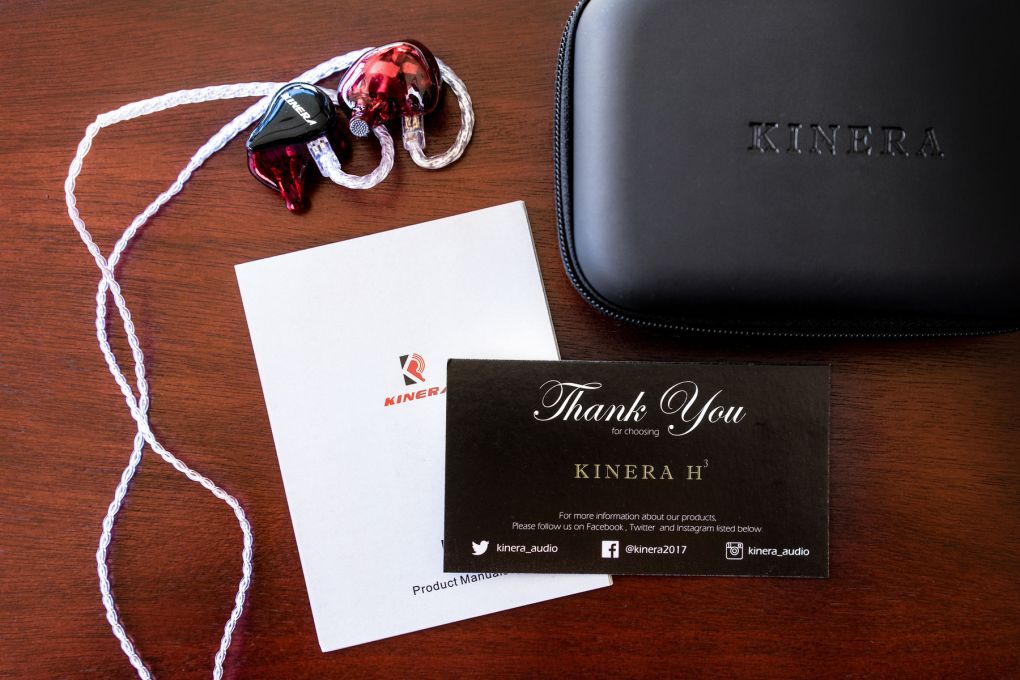
The H3 gets a resounding recommendation for any buyer looking for a v-shaped earphone with great detailing, a clear but mostly natural midrange and an almost class leading bass response. Of course, bass lovers should still look into the Oriveti Basic and those who prefer a more dynamic tonality can definitely consider the K3 HD, but the H3 provided the nicest balance of elements to my ear. To top it off, they also have a super stable, comfortable fit and an excellent cable that is better than those included on earphones costing several hundred dollars. Their excellent noise isolation and removable cable also make them a practical, durable daily driver and their added stability over the TFZ King makes it the clear choice for any kind of active use.
Verdict – 9/10, There is no shortage of readers asking for the best ~$100 earphone on the market and Kinera have done a great thing, they’ve made my job a lot easier, the H3 makes an easy recommendation not only due to their accessible yet highly enjoyable sound but also their featured design and excellent build. And while I do have some qualms with quality control, any issues I experienced didn’t affect listening.
The Kinera H3 is available from Amazon (US) and Penonaudio (International) for $99 USD, please see my affiliate links for the most updated pricing, availability and configurations.


3 thoughts on “Kinera H3 Review – Sensation(al)” Leave a comment ›